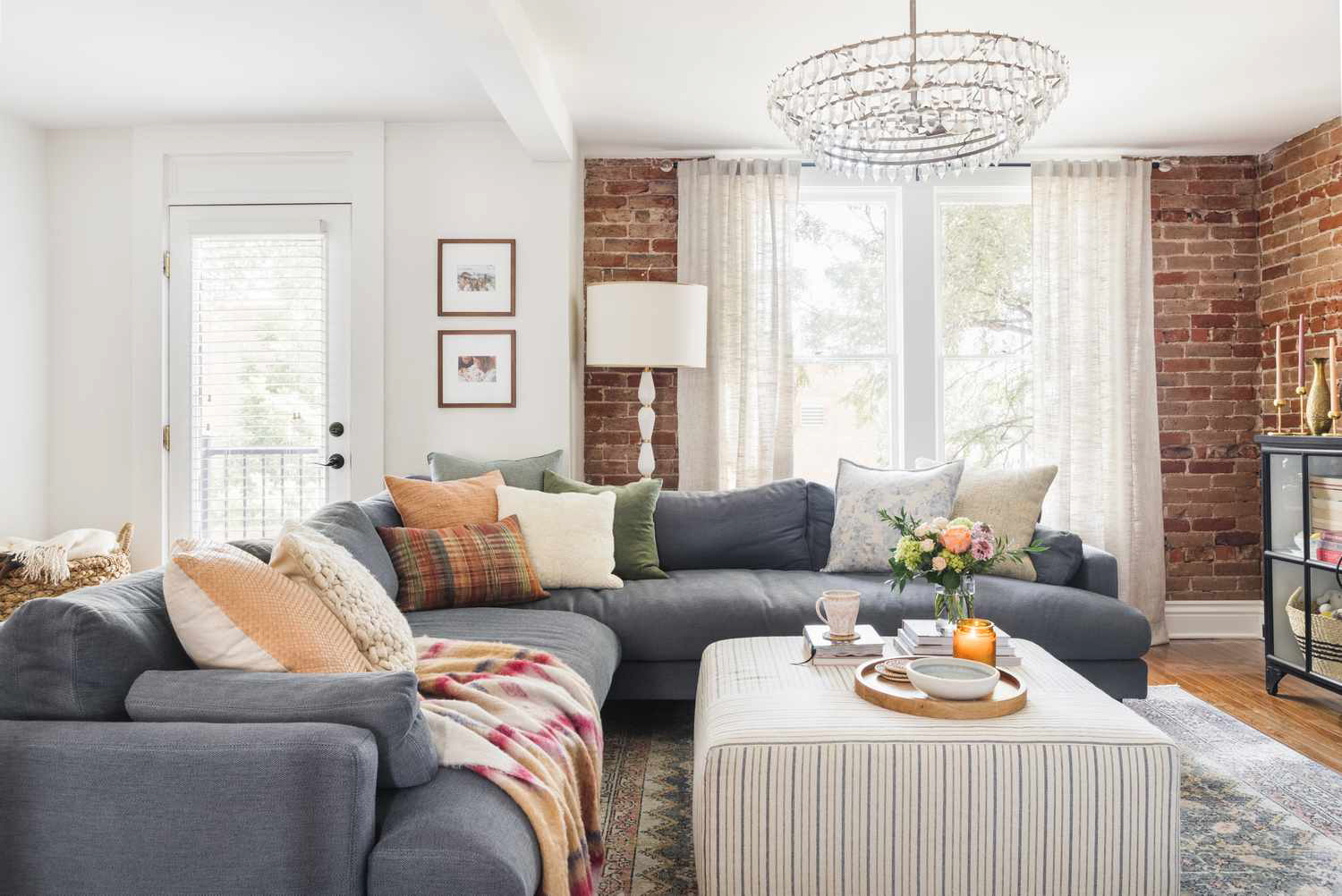Introduction
Illuminations lighting refers to the use of lighting as a tool for creating visual effects, enhancing mood, or illuminating objects or spaces. Lighting can be used to create dramatic or subtle effects, to highlight specific areas, or to create a sense of movement. Illuminations lighting can be found in a wide range of settings, including theaters, concerts, art exhibitions, buildings, and public spaces. In this article, we will explore the power and creativity of illuminations lighting, and its importance in creating memorable experiences.
The Art of Illuminations Lighting
Illuminations lighting is an art form that requires a combination of technical skills, creative vision, and attention to detail. A lighting designer, for example, must be able to understand the fundamental principles of lighting, such as color temperature, beam angle, and intensity, as well as the specific requirements of the setting or event. They must also be able to work collaboratively with other professionals, such as set designers or sound engineers, to create a cohesive and immersive experience.
One of the key aspects of illuminations lighting is the ability to create a sense of drama and mood. This can be achieved through the careful use of color, contrast, and movement. For example, a lighting designer may choose to use warm colors, such as red or orange, to create a sense of warmth and intimacy, while cooler colors, such as blue or green, can create a calming or ethereal effect. Movement can be used to create a sense of energy or excitement, while contrast can be used to highlight certain objects or areas.
Illuminations Lighting in Action
One example of illuminations lighting in action can be found in the world of theater. Lighting can be used to enhance the storytelling and create a sense of atmosphere in a production. The use of light and shadow, for example, can create a sense of depth and perspective on a set, while color can be used to evoke specific emotions or moods. In a musical, lighting can be used to enhance the choreography and highlight certain performers, creating a sense of movement and energy on stage.
Another example is in the world of building design. Illuminations lighting can be used to highlight specific architectural features, such as columns, arches, or facades. This can create a sense of drama and draw attention to the building’s unique characteristics. Illuminations lighting can also be used to enhance the functionality of a building, such as in outdoor spaces, where lighting can be used to create a sense of safety and security.
The Future of Illuminations Lighting
As technology advances, the possibilities for illuminations lighting are constantly expanding. New lighting technologies, such as LEDs, can provide greater efficiency and flexibility in lighting design. The use of digital control systems can allow for greater precision and automation in lighting design, while new materials and forms can provide new possibilities for creative expression.
However, with this increased flexibility comes a responsibility to use illuminations lighting in a sustainable and responsible way. The use of excessive lighting can contribute to light pollution and have negative effects on wildlife and the environment. It is essential that lighting designers and professionals consider the environmental impact of their work and strive to create a balance between creative expression and responsible use of resources.

